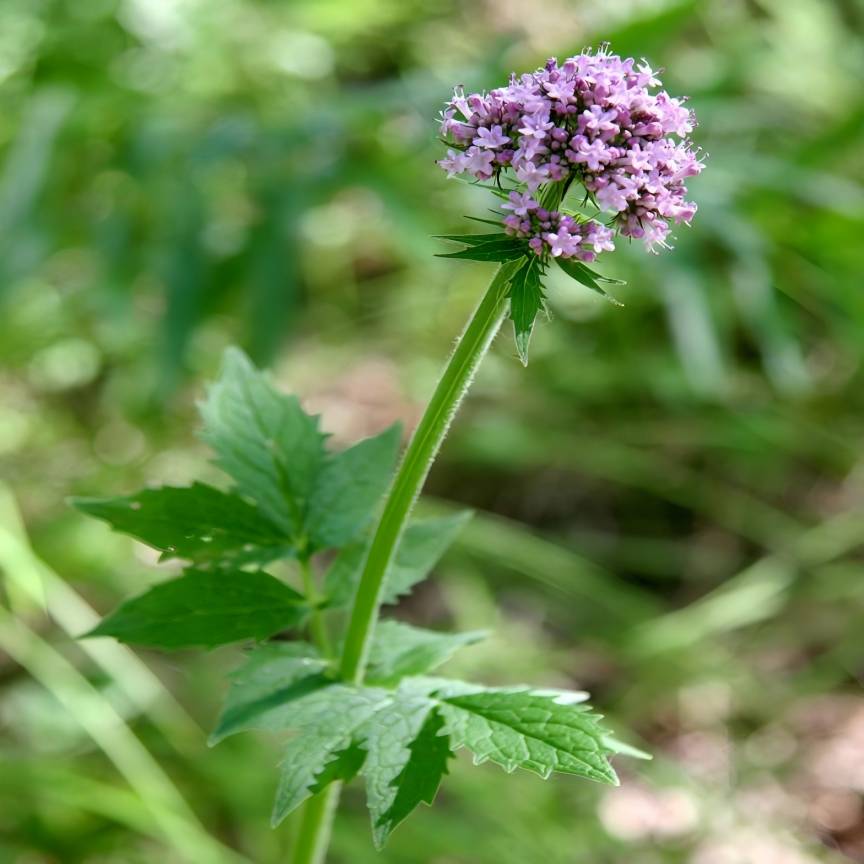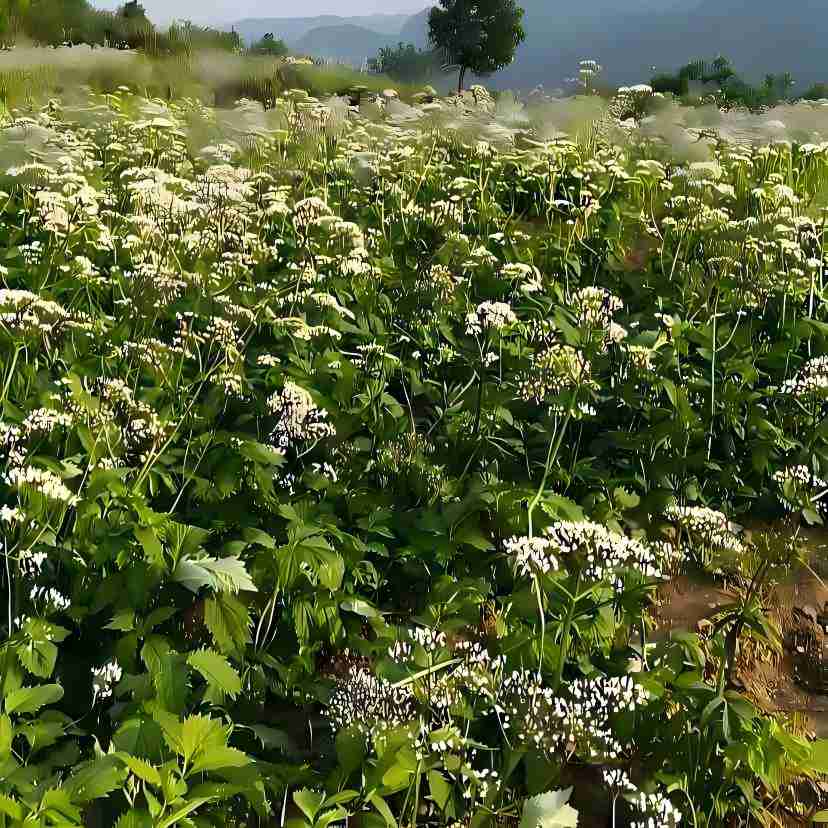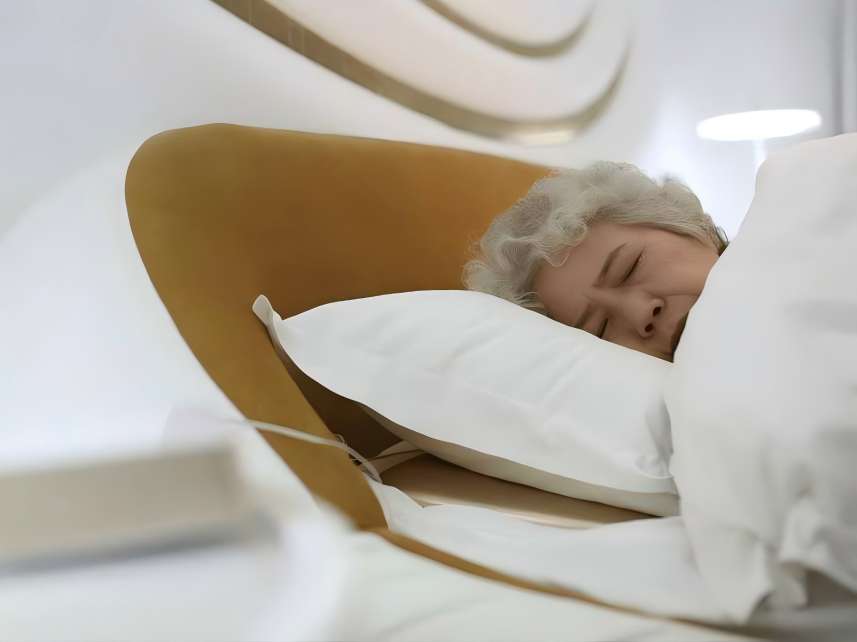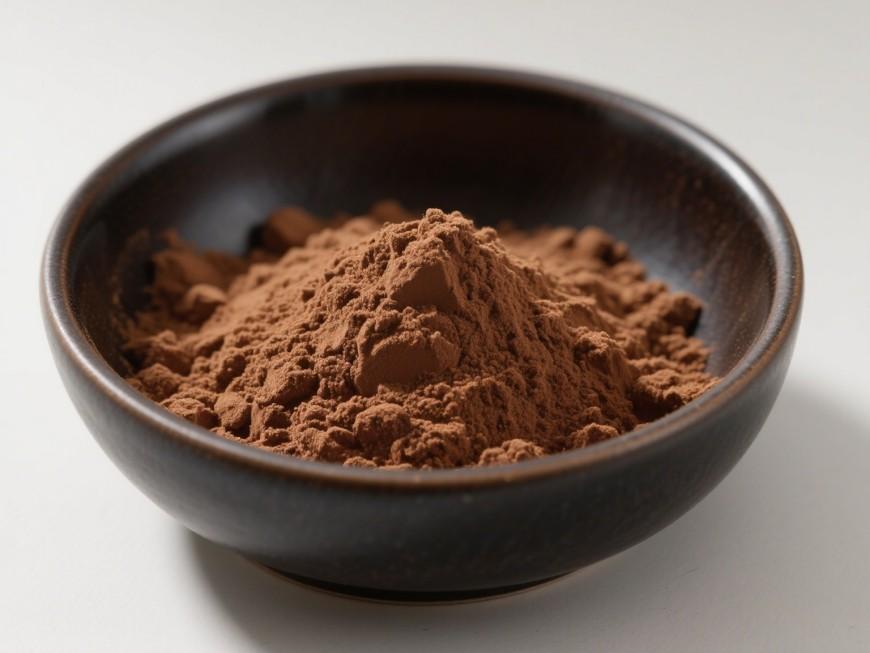Natural Valerian Extract Ingredient: Empowering Sleep Health Formulation Upgrades with Science
Against the backdrop of growing demand for natural, safe ingredients in the modern health product market, Valeriana officinalis Linn. var. latifolia Miq., a traditional medicinal plant, is gaining widespread attention for its significant sedative and sleep-promoting effects. Modern research has confirmed that the active compounds in its roots and rhizomes possess multiple physiological functions, including improving sleep, reducing anxiety, and regulating cardiovascular and cerebrovascular health, providing robust scientific support for developing a new generation of natural health products.
Green Spring Technology, leveraging its ongoing in-depth research in plant extraction, is dedicated to transforming the traditional medicinal value of broadleaf valerian into stable and highly effective standardized extract raw materials. In recent years, numerous domestic and international studies have systematically elucidated its chemical composition and mechanisms of action while progressively establishing standardized processes from cultivation and propagation to raw material production, laying a solid foundation for industrial application.
Green Spring Technology selects premium Valeriana officinalis and extracts its core active components through modern techniques, committed to providing natural, reliable raw material solutions for sleep health and emotional management products. This supports brand partners in achieving formulation upgrades and product innovation.

1. Diverse Active Components of Valerian Extract and Their Application Potential in Sleep Health Products
As a traditional herbal resource, natural valerian extract contains multiple scientifically validated active components demonstrating significant potential for improving sleep, providing robust support for formula upgrades in sleep health products.
1.1 Essential Oil
Wang Liqun et al. [7] extracted essential oil from broad-leaved valerian using the Chinese Pharmacopoeia method, achieving a yield of 1%. This essential oil is dominated by terpenoid components and encompasses various compounds including alkenes, alcohols, ketones, esters, and ethers. The primary active constituents are borneol acetate (with a high content of 37.94%), caryophyllene, and camphene [8]. Notably, the content of borneol acetate shows a decreasing trend with increasing altitude [9]. The volatile oil components exhibit nerve-soothing and sedative effects, making them suitable for formulations such as sleep-aid essential oils, aromatherapy products, sleep sprays, and soothing soft capsules.
1.2 Lignans
Lignan components isolated from valerian include bis-tetrahydrofuran lignan-4-O-β-D-glucopyranoside, (+)-Justicin-O-β-D-glucopyranoside, Justicin I, Justicin A, and other glycoside derivatives, as well as Neojusticin A and Justicidin A [10]. These components exhibit anti-anxiety and neuroprotective activities, making them suitable for inclusion in sleep tablets, capsules, and functional oral care products to enhance the sedative and calming effects of formulations.
1.3 Terpenoids
Valerian extract is rich in terpenoid constituents, including:
· Monoterpenes: such as Densispicnins C, p-menth-8-ene-1,2-diol, etc.;
· Sesquiterpenes: Compounds such as dihydroxymaaliane, madolin F, A, volvalerenal B, and kissoone A [11];
· Cycloartenolides: e.g., valeriridoid P, valeriana glycoside A, etc.;
· Triterpenoids: e.g., ursolic acid and oleanolic acid.
Terpenoids generally exhibit sedative, anti-inflammatory, and antioxidant properties, making them particularly suitable for sleep gummies, calming teas, dietary supplements, and compound sleep formulations.
1.4 Flavonoids
Flavonoids in Valeriana officinalis primarily include rutin, quercetin, kaempferol, apigenin [13], along with various methoxyflavones and pterone derivatives. Flavonoids exhibit antioxidant, anti-inflammatory, and neuroprotective functions, synergistically enhancing the overall stability and efficacy of sleep products. They are particularly suitable for functional beverages, solid drinks, or effervescent tablets designed to improve sleep quality.
1.5 Other Active Components
Valerian also contains:
· Anthraquinones: such as 1,3-dihydroxyanthraquinone and emodin;
· Steroids: such as β-sitosterol, stigmastan-2,3-dione, etc.;
· Aromatic ring derivatives: such as vanillin, p-hydroxybenzoic acid, ferulic acid, caffeic acid, etc.
These components further enhance the bioactivity of valerian extract, demonstrating particular efficacy in regulating the sleep-wake cycle and alleviating physical tension. It finds extensive application in nighttime beverages, sleep-promoting ointments, mood-regulating granules, and compound herbal extract formulations.

In summary, the synergistic action of multiple components in natural valerian extract scientifically validates its significant enhancement of sleep health products, making it suitable for various sleep aid formulations and formula upgrades.
2 Green Spring Technology Valerian Extract: Scientific Application of Natural Sleep-Supporting Ingredients
Green Spring Technology selects premium broadleaf valerian and employs standardized extraction processes to produce valerian extract. Its natural and safe properties provide an ideal raw material solution for sleep health products.
Product Application Advantages
Green Spring Technology's Valerian Extract ingredient is suitable for multiple sleep health product formats:
· Sleep-Aid Products: Suitable for functional foods like sleep tablets, capsules, and gummies
· Relaxation Beverages: Ideal for adding to calming teas, nighttime milk drinks, and similar beverages
· Aromatic Products: Applicable to topical products like sleep sprays and aromatherapy oils
· Blended Formulas: Can be combined with other natural calming ingredients to enhance product efficacy

Technological Advantages
· Standardized production processes ensure ingredient consistency
· Stringent quality control systems guarantee product safety
· Customized solutions available upon client request
Green Spring Technology's Valerian Extract offers a scientifically reliable ingredient choice for sleep health product development through its multi-targeted action mechanism, helping consumers achieve a more natural and comfortable sleep experience. Contact us for samples or quotes at helen@greenspringbio.com or WhatsApp: +86 13649243917.
References
[1] Peng Xiaoying, Zhou Shuangde, Wei Zha'an, et al. Microscopic observation of powdered herbal medicine of broad-leaved valerian [C]. Chinese Botanical Society. 10th National Symposium on Medicinal Plants and Plant Medicines, 2011.
[2] Wei Zha'an. Anatomical observation and in vitro culture study of the nutritional organs of broad-leaved valerian [D]. Changsha: Hunan Agricultural University, 2010.
[3] Lu Guilin, He Li, Wu Qiongming, et al. Study on the biological characteristics and artificial cultivation techniques of broad-leaved valerian [J]. Anhui Agricultural Sciences, 2013, 41 (36): 13828–13830.
[4] Chen Qian, Wang Yuejin, Wang Youwei. Study on the reproductive biological characteristics of broad-leaved valerian [J]. Wuhan Journal of Botany, 2005, 23 (2): 169–173.
[5] Dong Yan, Han Jianyu, Sun Chao. Study on seed propagation of broad-leaved valerian [J]. Seeds, 2007, 26(9): 107–108.
[6] Liu Lan, Luo Zaiqi, Yang Guihua, et al. Research on Industrialization Breeding Technology of Broad-leaved Valerian, a Traditional Chinese Herb in Guizhou Province [J]. Modern Agricultural Science and Technology, 2010 (9): 105–107.
-
Prev
Valerian Extract Ingredient Offers a Natural Solution for Mood Health Products
-
Next
Horsetail Extract (7% Organic Silica) Boosts Skincare Formulations


 English
English French
French Spanish
Spanish Russian
Russian Korean
Korean Japanese
Japanese




